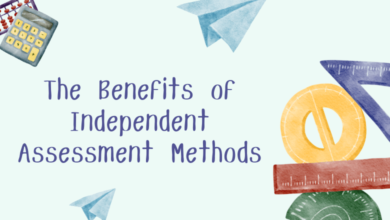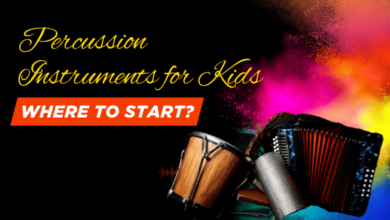Advantages of choosing Aeronautical Engineering

Aeronautics is an idea that is as common as the development of the first plane, but not formally! It began to rise, however, mostly during the revolutionary years of the 20th century, and it has been steadily expanding until then. The creativity of the nation immediately captured the thought of traveling from one location to another, which normally needed times, and in some situations, even weeks by ship. The explosive progress of the aerospace field has recently contributed to a ton of aspiring aerospace specialists taking aeronautical engineering lessons, specifically since about a few centuries. However, provided that the curriculum in Bachelors in Aerospace Engineering is not a piece of cake, you need to decide to follow the course via the top universities in aeronautical engineering. Not just thrilling, but also satisfying, is a profession in aerospace. This provides a lot of advantages, several of which we will explore in this blog.
Instead of speaking about wanting to be an aeronautical engineer, let us perceive it as the strengths or advantages of becoming an aeronautical engineer. There are several other advantages connected with the course, besides appreciation, and also the expertise that the aeronautical course provides, particularly when you follow this through the right aeronautical engineering universities.
Let’s look at a few of the advantages we’ve been dreaming about for such a time already!
- Expanding Industry:
An ever-developing industry is an aerospace. It has only expanded and is expected to increase by several iterations in the decades to come since its beginnings in the 20th century. Of necessity, becoming an aeronautical engineer is a result of this ever-blooming industry.
- Jobs Possibilities:
Bachelors in Aerospace engineering is a program with differentiation, and thus, individuals to whom the universe reaches up are the ones following this path. Aeronautics and aerospace have a wide variety of career prospects, from participating as scientists and engineers to taking on positions closely related to aircraft operations and servicing. As a practical matter, the world is slowly experiencing a shortage of aeronautical engineers, considering a significant amount of aeronautical employment prospects accessible. So, deciding to achieve aeronautical engineering contributes to the aeronautics and aerospace development of the nation.
- High-Paying Career path:
Because aerospace is a demanding and essential career path, requiring a rising amount of commitment, dedication, and hard work from the specialist, most reputable and biggest organizations in the industry to provide aeronautical engineers with prestigious salary packages. Here, it is not necessary to quote an absolute number, as the compensation would differ from company to company, and would also be primarily affected by the knowledge and skill of the specialist over time.
This is anything that all young aerospace engineers are intrigued by. You will gain a chance to fly around the world as an aeronautical engineer, and never have to cost for it, as your employer would endorse it. All essential dimensions of aeronautical engineering, including both practical and conceptual perspectives, are discussed in the course.






